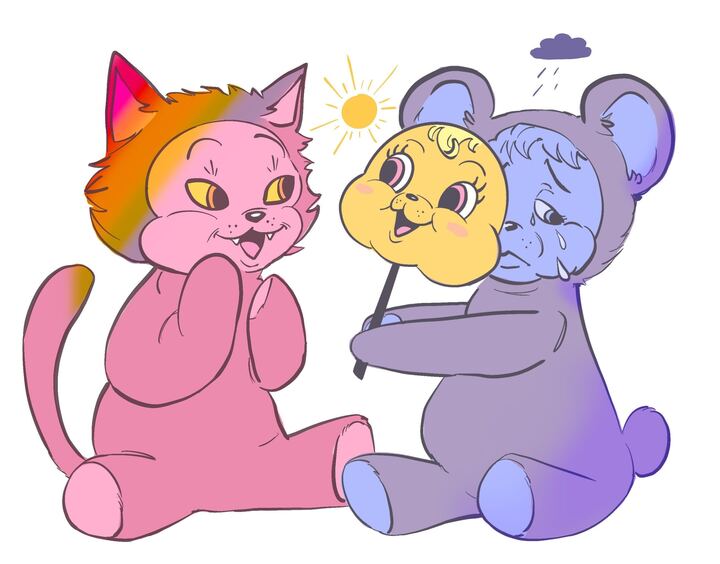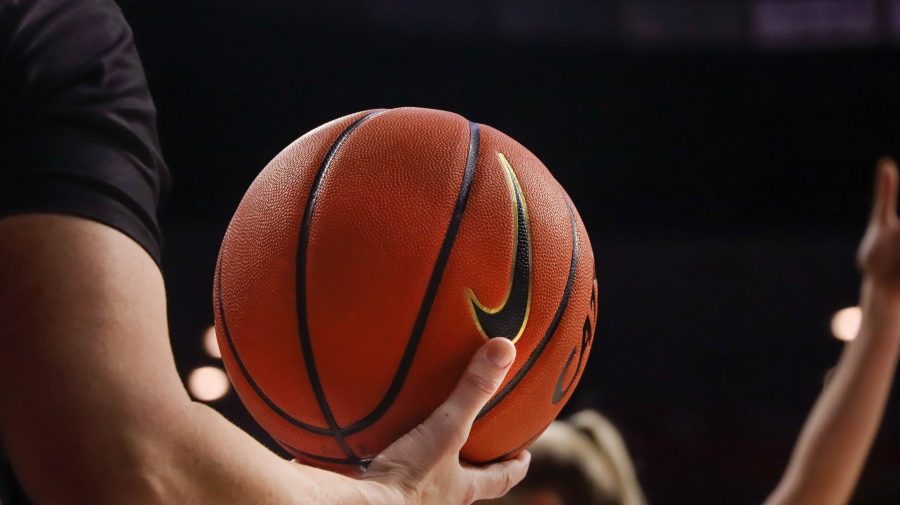On the day before the 50th anniversary of President Lyndon Johnson’s Voting Rights Act of 1965, a federal court struck down Texas’ controversial voter ID law after finding that it discriminated against minorities. Texas is only one of over a dozen states to pass new voting laws that opponents have called restrictive and discriminatory.
Why the recent push for tighter voting laws? Proponents of the bills say they are necessary to combat voter fraud and protect our democracy, however numerous studies have shown voter fraud to be extremely rare to the point of being negligible. The real answer may lie in politics.
It just so happens that most of these voter ID laws have come from states under republican leadership, and the eligible voters most likely to be disenfranchised by the law-—minorities and people of color—tend to vote for democrats. Around 25 percent of African-Americans don’t own a government-issued photo ID such as a driver’s license, compared to only 8 percent of white Americans. In states that do have voter ID laws, African-Americans and Hispanics are far more likely than whites to be asked for an ID.
It appears that the real motivation behind these laws is to keep democratic voters away from the polls. In the years following reconstruction when African-Americans voted overwhelmingly republican, democrats did the same thing, albeit more overtly and brutally.
The darkest period of voter disenfranchisement in America took place in the South under Jim Crow. White southerners who supported the Democratic Party implemented poll taxes, literacy tests, the Grandfather Clause, and other legal means designed to suppress the black vote. Extra-legally, southerners, Klansmen and other white paramilitary groups used violence or the threat of violence to scare black voters from the polls. As Jim Crow-era South Carolina Sen. Ben Tillman put it:
“We have done our level best. We have scratched our heads to find out how we could eliminate every last one of them. We stuffed ballot boxes. We shot them. We are not ashamed of it.”
When President Johnson signed the Voting Rights Act in 1965, it included two key sections—the fourth and fifth—that required states, counties and municipalities with a history of racist voting laws to report any new voting laws for federal approval. For nearly 50 years, the Department of Justice was able to prevent an onslaught of discriminatory voting laws from certain parts of the country.
Unfortunately, the Supreme Court struck down section four in 2013, rendering section five meaningless and severely weakening the law. Speaking for the majority, Chief Justice John Roberts acknowledged the critical role that the VRA has performed for American democracy:
“Largely because of the Voting Rights Act, voting tests were abolished, disparities in voter registration and turnout due to race were erased, and African-Americans attained political office in record numbers.”
He argued, however, that America today is a different place, and the law is no longer necessary to protect the rights of minority voters.
I wish he were right, but the sad truth is that minority voter disenfranchisement is a problem that will likely worsen in the future.
In her fiery dissent, Justice Ruth Bader Ginsburg pointed out that the number of voter laws from affected areas rejected by the DOJ only increased from 1982 through 2006 compared to the years between 1965 and 1982. She also pointed out that 56 percent of the laws successfully challenged under section two, a section that applies to the entire country, come from affected areas, despite these areas only covering 25 percent of the U.S. population.
Following the misguided Supreme Court of the United States decision, states that once had to report their new voting laws to the DOJ passed a slew of discriminatory voting bills. Some of these, such as the Texas law, have made it back to court but still had time to affect the 2014 midterm election when republicans made even bigger gains in the House and also took the Senate.
Voter ID laws are a subtle political ploy with serious consequences for the health of our democracy. Minority voters make a huge difference in our two-party politics. As the country’s liberally minded minority population grows, conservative lawmakers are facing increasing pressure to protect their place in the political system. Despite losing the majority of the white vote, President Barack Obama was swept into office in 2008 and 2012 after record African-American turnout.
While the effects of increased voter restrictions may seem modest, they can have dramatic consequences. During the 2000 presidential election thousands of eligible voters were turned away from Florida polling stations after being told that they were felons.
The bewildered citizens, many of whom had never been convicted of a crime in their lives, were disproportionately black, and 90 percent of them favored former Vice President Al Gore.
Estimates of how many eligible voters were wrongly turned away from Florida polls that year range from 1,000 to 20,000. During that same election, black neighborhoods were disproportionately affected by faulty ballot forms, and overwhelming police presence at polling stations. Bush won the state by a narrow margin, deciding the election for the country.
It is crucial that we heed the warnings of the past and protect our democracy from political intrusion. Next time you see a new voting law proposed, think about who is being affected and why. Make sure you hold your elected officials accountable.








